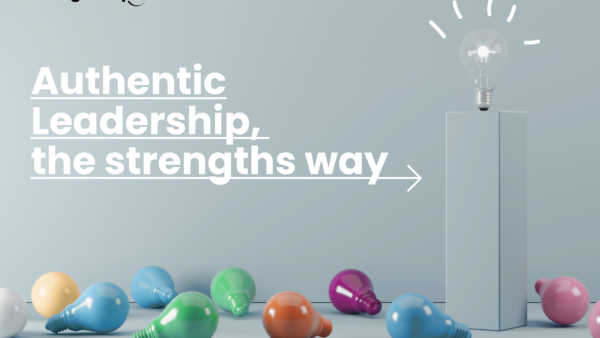We’re often asked, “what is the best way to set goals for employees?” It’s important that you ensure employee goals are motivating and will lead to a good outcome. Good goal-setting is fundamental to effective performance management, so let’s spend some time on it here.
First, there’s a few ideas to introduce. The first is the idea of ‘stretch.’ We’ll look at positive stretch vs negative stretch, as well as stretching beyond the comfort zone and the notion of stretching strengths.
The second is the best way to structure development to ensure it is effective from both a cost and ‘transfer of learning’ point of view. We propose a ‘3Es’ approach to development. And, we’ll provide our top tips for effective goal-setting. You will learn from the big boys as to how they do it in today’s fast-changing world of work.
Stretching strengths:
This sounds disarmingly simple, taking an area that energises us and learning new skills, which will take that natural energy in a new direction for the benefit of the individual, team and organisation. However, in practice, this can be tougher than you think.
Coming up with a good reason for building on those things which we have done naturally for many years can be the first obstacle. For many people, this may feel like an indulgence and they may question whether it is worth the effort. They may think it is better to focus on weaker areas because they believe they provide the greatest opportunity for development.
 Stretching strengths is a concept that we don’t often use. We are not programmed to think in this way.
Stretching strengths is a concept that we don’t often use. We are not programmed to think in this way.
Look back to your school days. The focus of your parents and teachers would always be on how to improve those lower grades of D’s and E’s rather than how to do more with the A grades. No wonder that it is something that does not come as easily to us.
However, we are seeing increasingly from research and practice that stretching and mastering strengths provides. It’s absolutely worth persevering personally and with employees to ensure that everyone is given sufficient opportunity to focus their development around strengths.
Bear in mind, that stretching strengths takes time and practice before this comes naturally. Just like learning to drive or ski; it might seem awkward and unnatural at first, but the more you do it, the more it will feel natural and can be done almost automatically.
Positive vs negative stretch:
Sometimes, we can get this balance wrong as managers. Probably to do with our evolutionary ‘negativity’ bias that stood us in good stead when helping our tribe outsmart a saber-toothed tiger. Not so much use in a team meeting or when working on a client project.
When we talk about stretch, it is important to distinguish between NEGATIVE stretch. Where people feel stressed and overwhelmed by being stretched too far and into their ‘panic zone.’ This is typically where they are unsupported and/or being stretched in areas of weakness/non-strength.
And …POSITIVE stretch, where they feel challenged and are likely to learn and develop without being tipped into stress. This is typically where they feel supported and in areas of strength. Ensure that goal-setting is of the positive kind and ensure that employees feel able to call it out if they feel this tipping into negative territory.
The 3Es approach to development:
Once you have identified your positive stretch goals, the next thing to consider is how to structure a development approach.
We recommend the 3Es: Experience, Engage and Educate. This is based on a well-researched and practiced 70:20:10 adult learning model. It shows that effective learners get 70 percent of their learning from job-related experiences, 20 percent from engaging others to support, coach and help them and only 10 percent from formal education and training.

So now that you have your stretch approach, and some thoughts about how best to structure development around this, let’s move on to our top 5 tips for practical goal-setting in today’s organisations:
- First, align the goal-setting with the purpose and overall goals of the company to ensure meaning and engagement/passion. This is essential as to keep people engaged with a goal, it needs to be meaningful to them.
- Building on #1, goals should be linked with overall annual ‘OKRs’. These are Objectives and Key Results, used by some big companies like Google, Twitter, LinkedIn, Airbnb, etc., having been originally introduced by Intel. This ensures that there is a connection between each day’s goals and the overall purpose and results expected of the role.
- Limit the number of goals per quarter to ensure focus and manageability. Increasingly, organisations are focusing down on 3 goals per 3 months to keep this to a manageable number.
- As covered above, goals should be stretching and take account of the person’s potential and energy/passion. ‘A’ players are therefore encouraged to take on more and shine.
- Goals should ideally be SMARTS: specific, measurable, achievable, relevant, time-bound and strengths-based (i.e. play to the person’s strengths)
By following this approach, you’re more likely to be setting yourself and others stretching goals that will motivate people to move them beyond their comfort zone and achieve higher levels of sustainable performance. And that is an essential cornerstone of effective performance management.
Catalyse high-impact conversations for exceptional performance through your team’s strengths.
Happy goal-setting!









